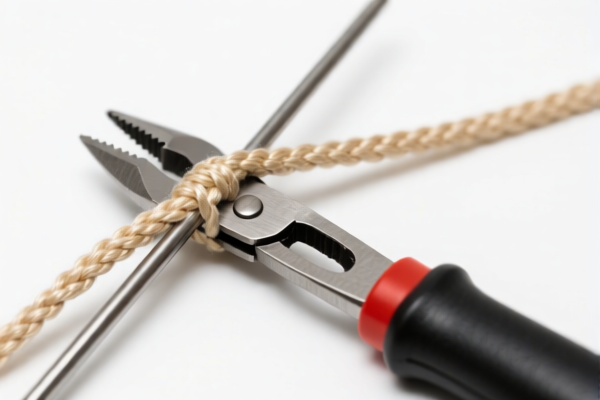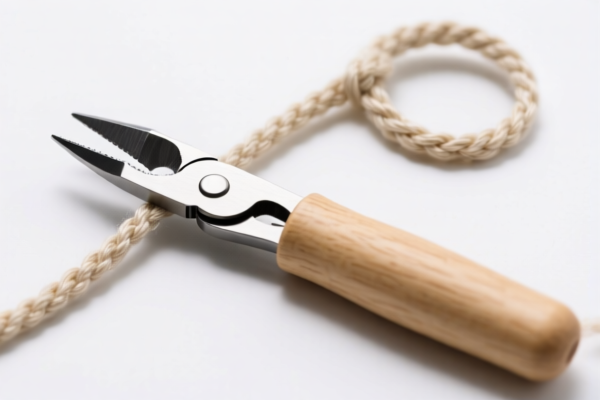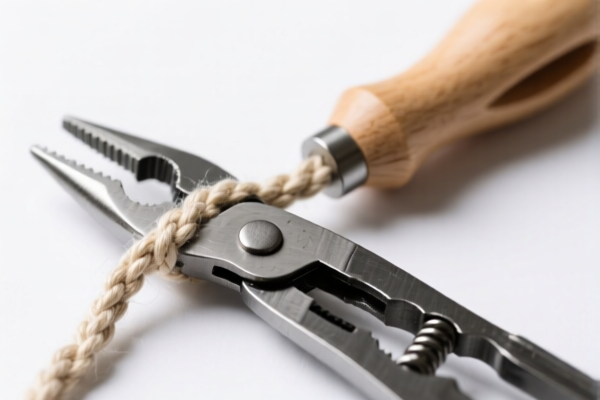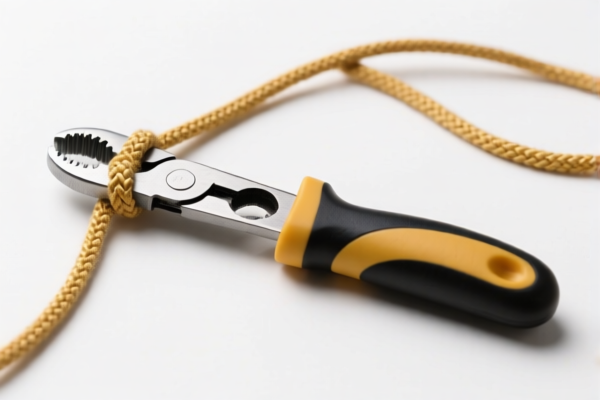| HS Code | Official Doc | Tariff Rate | Origin | Destination | Effective Date |
|---|---|---|---|---|---|
| 8452299000 | Doc | 55.0% | CN | US | 2025-05-12 |
| 8452219000 | Doc | 37.5% | CN | US | 2025-05-12 |
| 8440100000 | Doc | 37.5% | CN | US | 2025-05-12 |
| 8440900000 | Doc | 37.5% | CN | US | 2025-05-12 |
| 8201906000 | Doc | 55.0% | CN | US | 2025-05-12 |
| 8206000000 | Doc | The rate of duty applicable to that article in the set subject t+30.0% | CN | US | 2025-05-12 |
| 8203206060 | Doc | 12¢/doz. + 5.5%+55.0% | CN | US | 2025-05-12 |
| 8203406000 | Doc | 58.3% | CN | US | 2025-05-12 |




Wall Stitching Tool
A wall stitching tool, also known as a drywall stitching tool or a patch stitching tool, is a hand tool used in drywall repair to reinforce drywall patches and seams. It's designed to embed drywall tape securely into joint compound, creating a stronger, smoother surface prior to sanding and painting.
Material:
- Frame: Typically constructed from steel for durability and consistent pressure application.
- Blade: Features a hardened steel blade, often with a slightly curved profile. Some blades are wider than others for different patch sizes.
- Handle: Usually plastic or rubberized for comfortable grip.
Purpose:
The primary purpose is to create a robust mechanical bond between the drywall patch, existing wallboard, and the joint compound. This minimizes cracking and ensures a seamless repair. It’s a faster and often more reliable method than solely relying on the joint compound to adhere the tape.
Function:
The tool works by pressing the tape firmly into a layer of wet joint compound. The blade creates a channel, while the frame applies even pressure to embed the tape. The action essentially “stitches” the tape into the compound.
Usage Scenarios:
- Drywall Patching: Repairing holes from nails, screws, or other damage.
- Seam Reinforcement: Strengthening seams between drywall sheets, particularly in areas prone to movement (e.g., corners, ceilings).
- Crack Repair: Addressing small cracks in drywall surfaces.
- New Drywall Installation: Reinforcing joints during the finishing phase.
Common Types:
- Standard Stitching Tool: The most common type, with a fixed blade width (typically 4-6 inches). Suitable for general patching and seam work.
- Adjustable Stitching Tool: Features an adjustable blade width, offering versatility for different patch sizes.
- Corner Stitching Tool: Specifically designed for reinforcing drywall corners, with a shaped blade to follow the corner profile.
- Inside Corner Tool: For embedding tape in inside corners.
- Outside Corner Tool: For embedding tape in outside corners.
- Mud Stitcher: A more robust tool designed for larger repairs and faster application. Often used by professional drywall finishers.
Based on the provided information, a “wall stitching tool” can be interpreted based on its material, use, and application. It appears to be a hand tool used in construction or a related field. Here's a breakdown of potentially relevant HS codes:
- 8201906000: Other handtools of a kind used in agriculture, horticulture or forestry, and parts thereof: Other. This code covers a broad range of hand tools used in various applications, including construction. If the tool is specifically designed for use in wall stitching and falls under this category, it may be applicable. The total tax rate is 55.0% (0.0% basic tariff + 25.0% additional tariff, increasing to 30.0% after April 2, 2025).
- 8203206060: Files, rasps, pliers (including cutting pliers), pincers, tweezers, metal cutting shears, pipe cutters, bolt cutters, perforating punches and similar handtools, and base metal parts thereof: Pliers (including cutting pliers), pincers, tweezers and similar tools, and parts thereof: Other: Other (except parts) Other. If the wall stitching tool functions as a type of pliers, pincers, or similar tool, this HS code could be relevant. The total tax rate is 12¢/doz. + 5.5% + 55.0%.
- 8203406000: Files, rasps, pliers (including cutting pliers), pincers, tweezers, metal cutting shears, pipe cutters, bolt cutters, perforating punches and similar handtools, and base metal parts thereof: Pipe cutters, bolt cutters, perforating punches and similar tools, and parts thereof: Other (including parts). If the tool is categorized as a pipe cutter, bolt cutter, or similar tool used in wall stitching, this HS code may apply. The total tax rate is 3.3% + 25.0% + 30.0% = 58.3%.
Important Considerations:
- The classification of the tool will depend on its specific design and function.
- Regarding HS code 8203206060 and 8203406000, please note the presence of a specific duty rate of 12¢/doz. + 5.5% for certain tools.
- If the tool is part of a set for retail sale, HS code 8206000000 may be applicable, with the duty rate determined by the individual articles within the set.
Customer Reviews
No reviews yet.